
How To: Say "I do not speak..." in Spanish
Learn how to say "I do not speak German or French or Italian or Spanish." in Spanish.


Learn how to say "I do not speak German or French or Italian or Spanish." in Spanish.

Larry Keim, the host of "Rolling R's", teaches Junior High School Spanish and has created this video podcast to give away Spanish lessons for free. In this show, Larry demonstrates the verb “hacer” which means “to do" or "to make.” He'll go over how to say it and how to use it.

In this lesson, Larry Keim demonstrates how to say the days of the week, how to ask what day it is, and how to say some other related phrases in Spanish. He goes over each word step by step and gives the English and Spanish version so it's very easy to understand.

Larry Keim, the host of "Rolling R's", teaches Junior High School Spanish in Mesa, Arizona. He has a passion for Spanish, and has created this video podcast to give away Spanish lessons for free. For the lesson portion, Larry describes an easy way to talk about future action, using the formula of “Ir + a + Infinitive.”

People respond so much better to requests when you add the word "please" in front of them. So if you're stuck in a foreign, Spanish-speaking country, it's vital that you add "please" when necessary to establish good manners, so that people will help you out.
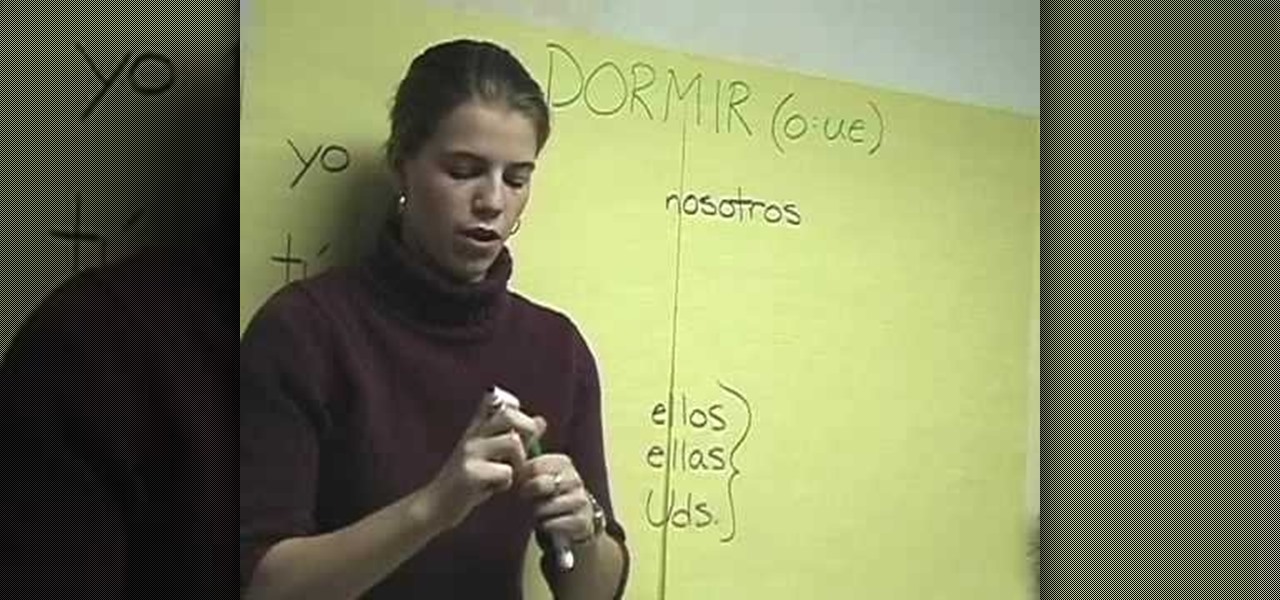
If you are confused in Spanish class, give this tutorial a try. In it, you will learn how to conjugate stem changing verbs in Spanish, using the verb "querer" as an example. Stem changes can be confusing for a first time Spanish learner, but this video can help.
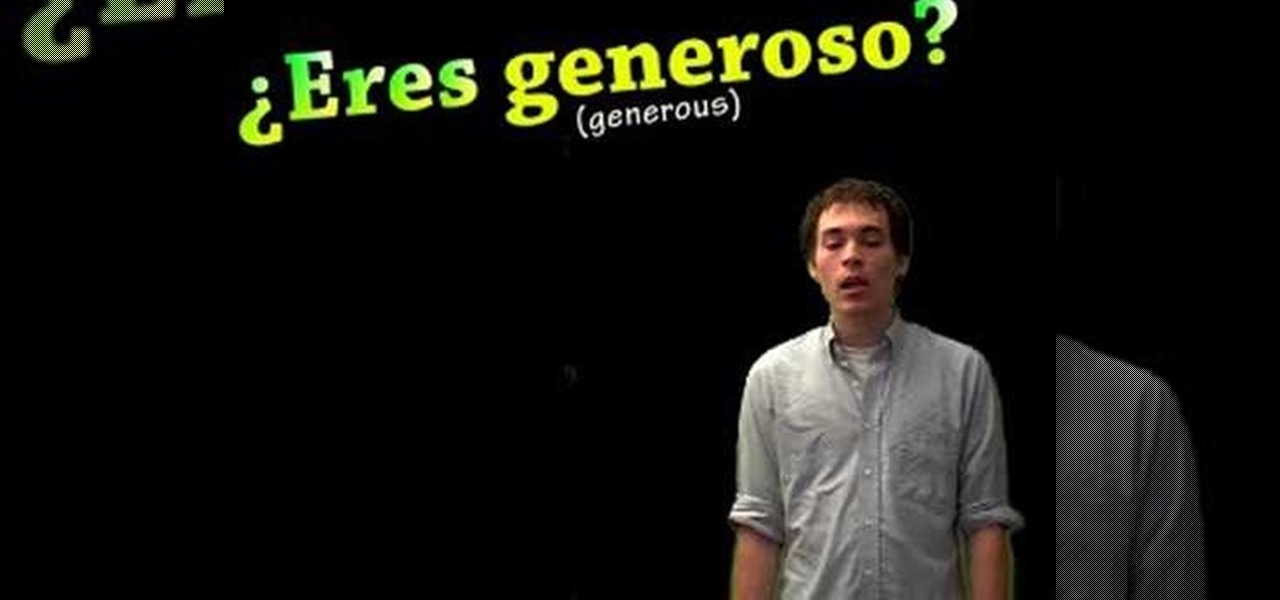
Check out this Spanish language lesson that shows you how to use the phrase "¿Cómo eres?" in Spanish. This language lesson covers the yo and tú forms of the verb SER (to be). As well as telling you how to say Yo soy (I am) and Tú eres (you are), this instructional Spanish language video also teaches some adjectives to describe your personality. Hope it helps!

Learn a little bit of Spanish with Speakado. In this quick phrase lesson, you'll learn how to say "Where is the library?" in Spanish. If you only speak English, maybe it's about time you learned Spanish, one of the most widely used languages in the world.

In this tutorial, we learn how to express "to be" in Spanish using ser, estar and haber. When expressing forms such as: am, are, was and were you will say "ser" and "estar" in Spanish. The verb "ser" should be conjugated for each of the different tenses that you are using. Often, "ser" is used to ask questions such as: where you are from, what nationality are you, and what things belong to someone. "Ser" is also used to indicate occupation, religion, political party, event locations, date, an...

In this video, we learn how to pronounce Spanish consonant letters and sounds. "B" and "v" sound the same in a number of different dialects. Practice saying these words with the letters in both the beginning and end of the word so you know exactly how to say them, and how they differ when used in different words. Practice saying the other letters and learning what their pronunciation is like in different words. There will be different sounds depending on the words, so pay close attention. Lea...
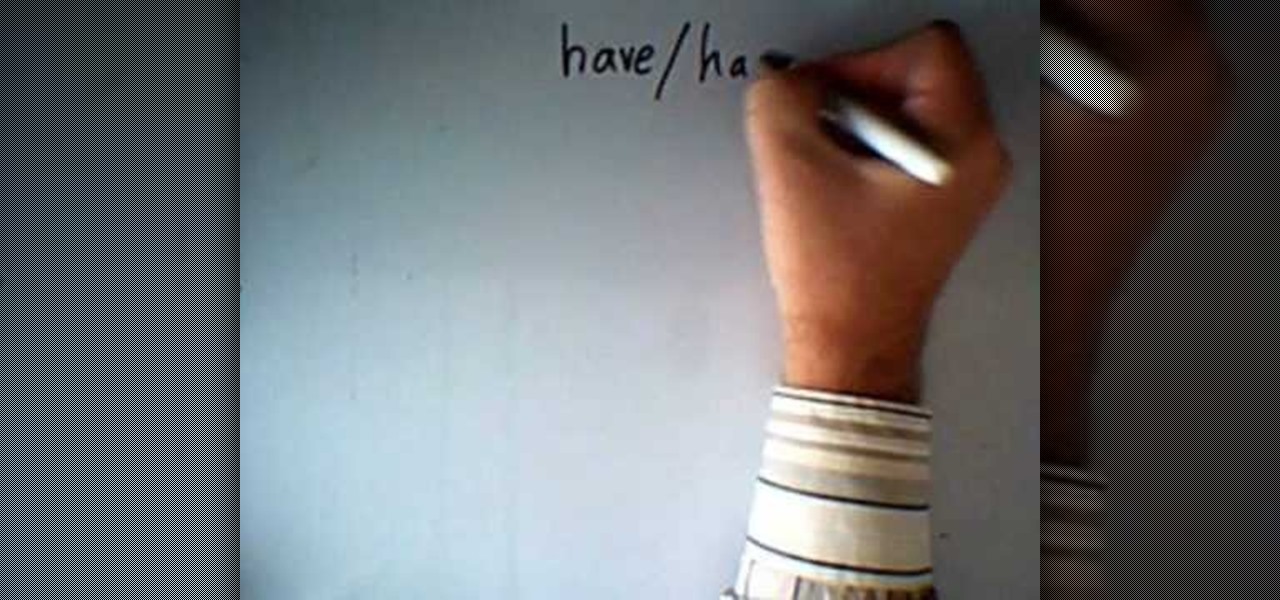
In this video, we learn how to use compound tenses with "haber" and "estar" in Spanish. "I am speaking" would translate into "You estoy hablando". If you are talking about a girl eating, you would say "Ella esta comiendo". To say "they were writing letters", you would say "Ellos estaban escribiendo cartas". You will see the form of the verb changing in each of the sentences. You will also see the gender of the verb changing in each of the sentences, depending on who is being talked about. The...

In this free video language lesson, you'll learn how to ask how to tell someone that it's nice to meet him or her. Interested in learning Spanish but haven't got the time to take a weekly class? No problemo! The Internet is awash in free, high-quality video lessons like this one. For more information, and to get started using this phrase yourself, watch this helpful video guide for Spanish students.
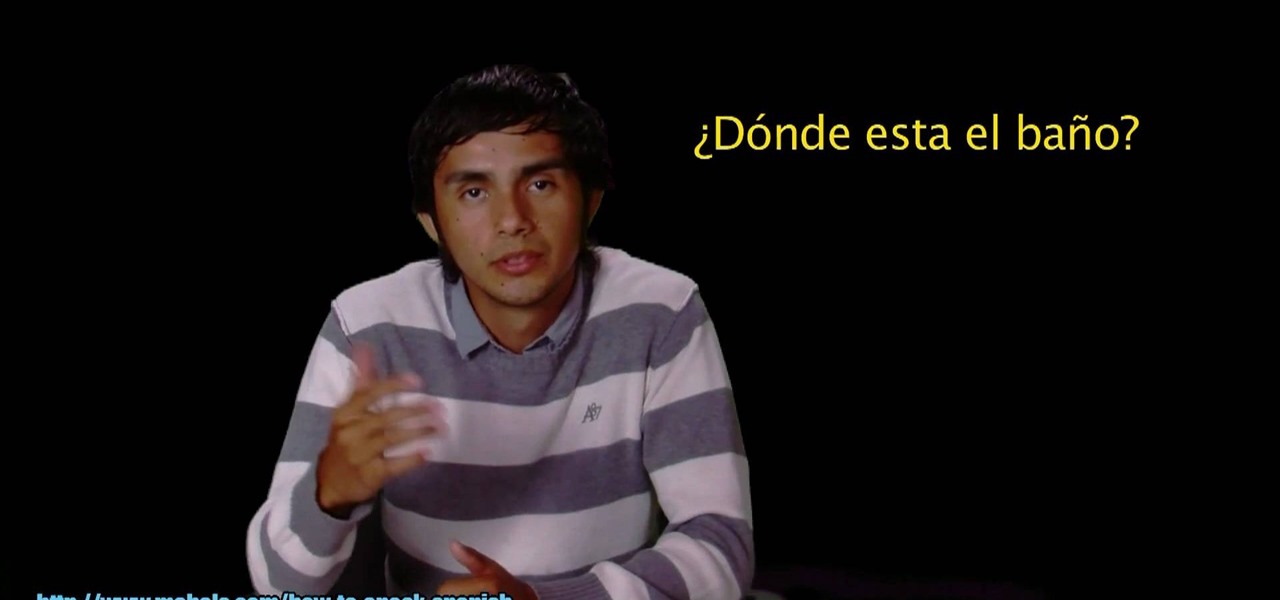
If you're going to know any one phrase in a foreign language, "Where's the bathroom?" might be among the most useful. In this free video language lesson, you'll learn how to ask where you can find a toilet: "¿Dónde está el baño?" For more information, including a full overview of the proper rhythm and pronunciation, and to get started using this handy phrase yourself, watch this Spanish tutorial.
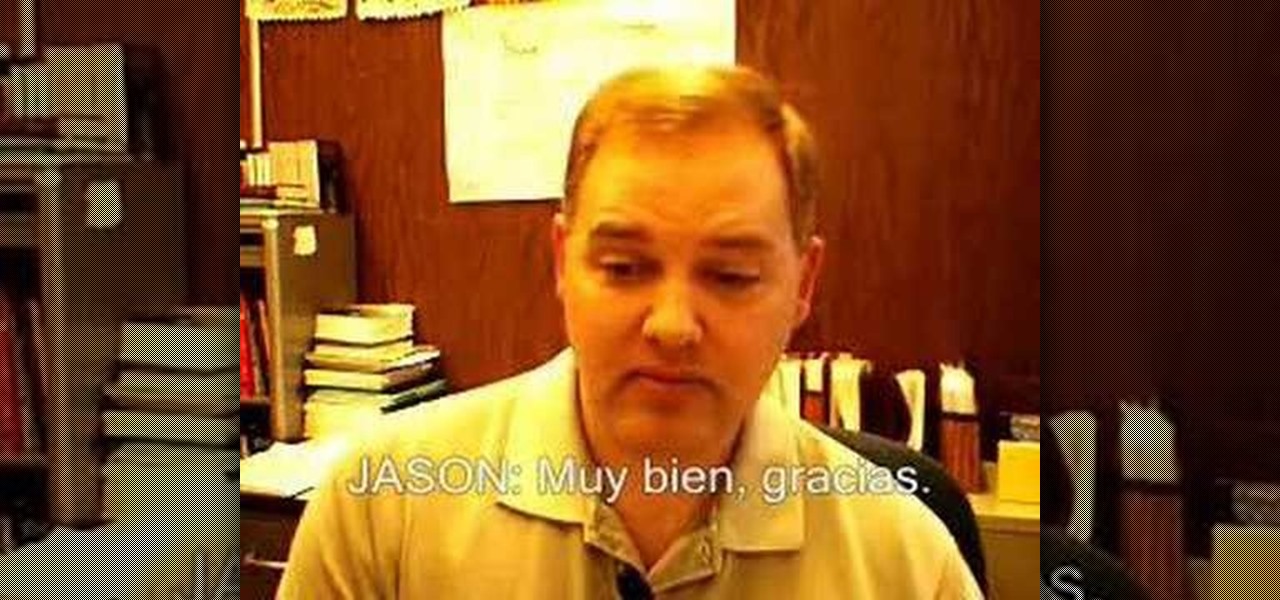
Practice these questions and answers out to have a basic conversation in Spanish. Listen, repeat, and rewind as needed.
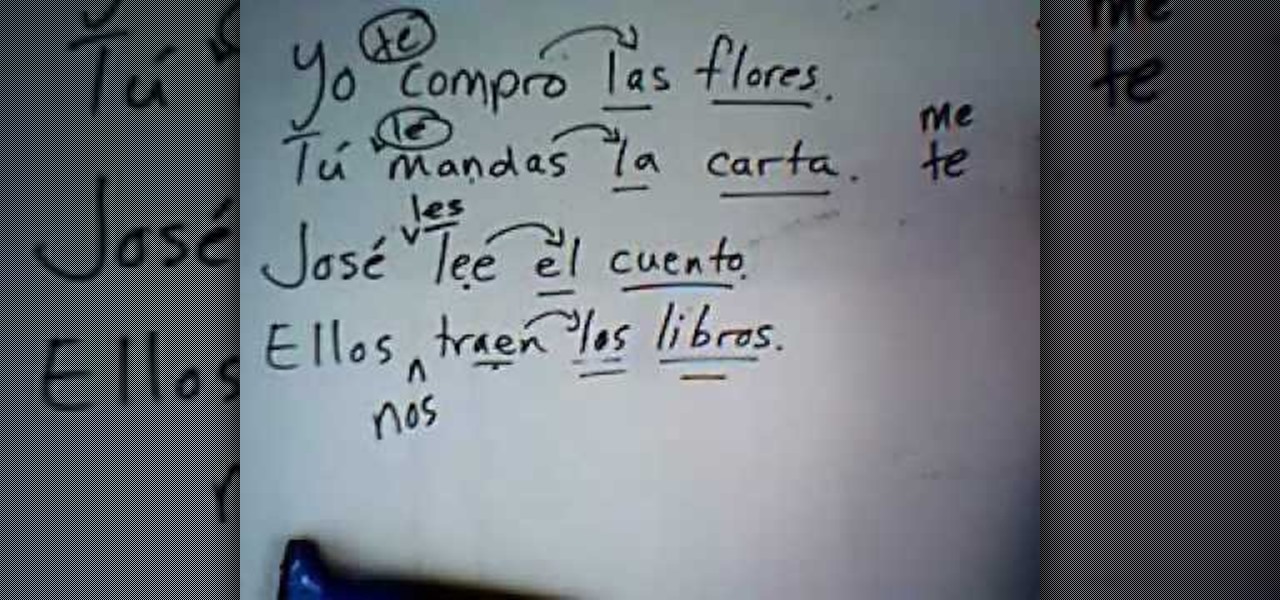
In this video, we learn how to use indirect objects & object pronouns in Spanish. When you have a noun that is coming after a pronoun, you will have to change the first word that comes after it. If you are saying "yo compro", then you will use "las" after this, to describe the pronoun that you are purchasing. Indirect objects answer the question of who or what. If you want to say "I buy the flowers for you" you would say "Yo compro las flores para ti". Use these simple rules while speaking Sp...

In this video, we learn how to use "gustar" to express likes and dislikes in Spanish. By practicing examples, you will be able to learn this concept easily. In English, you would say that you like something. But, the equal to this in Spanish is "gustar". You will need to use the appropriate indirect object pronouns while you are saying this in your sentences. To say Me, you will say "a mi" and "to you" is "a ti". When you are speaking to someone about yourself or a group of people, etc your t...

In this tutorial, we learn how to understand vowels and vowel sounds in Spanish. To best understand how to say the vowel sounds in Spanish, you will want to listen to a native speaker saying different words. Take some of the words that you might think sound the same, but are completely different. These words can use the same vowels but have a different sound because of the pronunciation that is associated with them. Start to practice the vowels out one by one, then start to use them in words ...
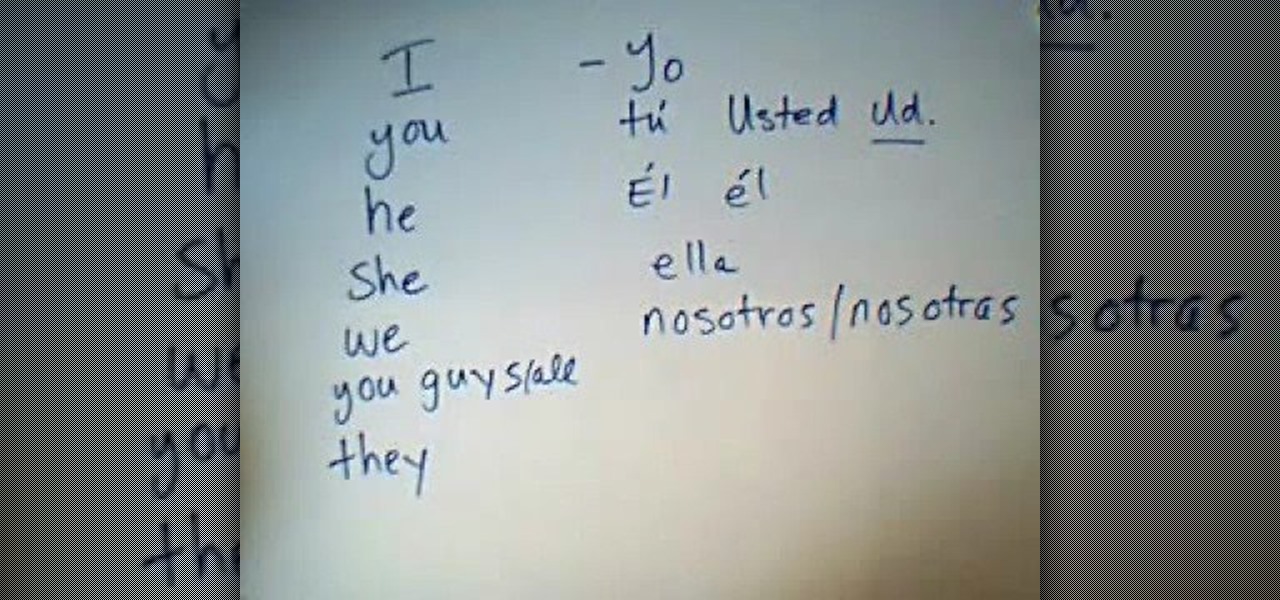
In this video, we learn how to understand subject pronouns in Spanish. Subject pronouns are pronouns that stand in for the person that is going to carry out the action in the sentence. In English, sentence pronouns are things like "I", "you", "he", "she", "we", and "you guys". In Spanish, pronouns change to "yo", "tu", "usted", "el", "ella", "nosotros", and more. Whenever you talk about a verb in a sentence, it will change what the subject pronoun is and how it's said in the sentence. Make su...
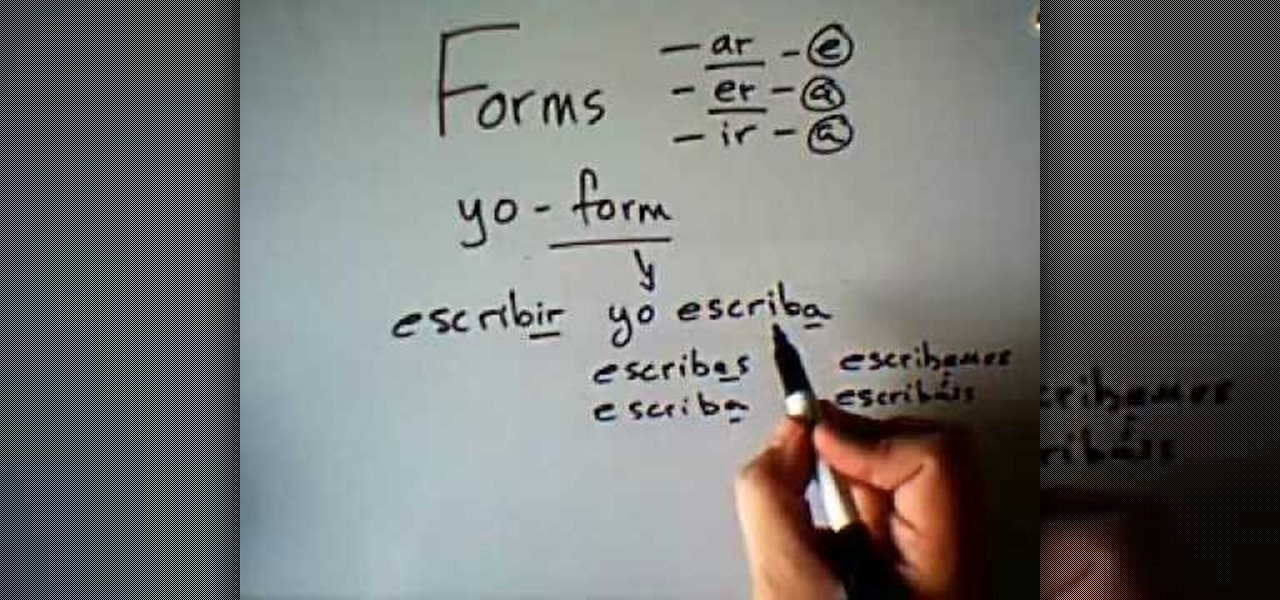
In this video, we learn how to speak Spanish: Subjunctive with verbs of volition. Volition is requests when someone asks, needs, or wants something. To form these, you must first take the "yo" form and remove the final "o". Then, you will add in the opposite vowel endings. For example, with "yo hablo" you would say, "yo hable" or "hables". This will change if you are talking about a group of people, one person, or a formal group of people. A verb with the "er" ending will change to "a" or "es...
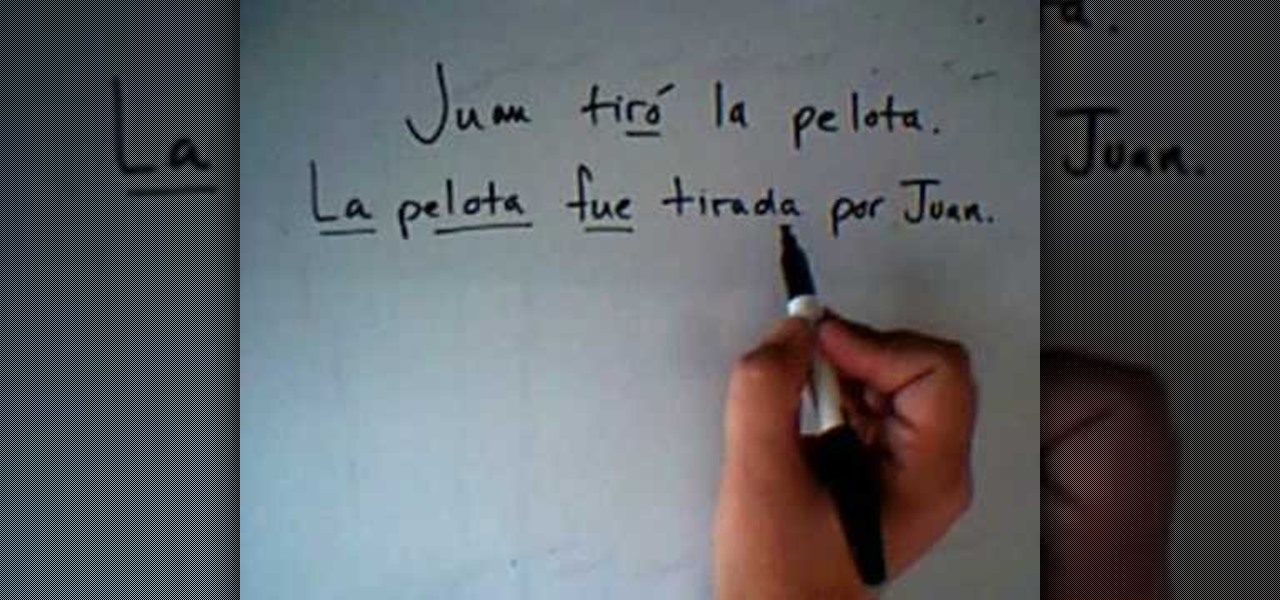
In this video, we learn how to use the passive voice in Spanish. The first way to use the passive voice in Spanish is to use "ser", the second is by using "se". First, recognize the subject, verb, and object in your sentence. Now, write your sentence using a passive voice, making the object the subject and change the tense of the verb. This is very easy to do and basically just flips the sentence around and changes out the tense of the verb. This will change the sentence into the passive voic...
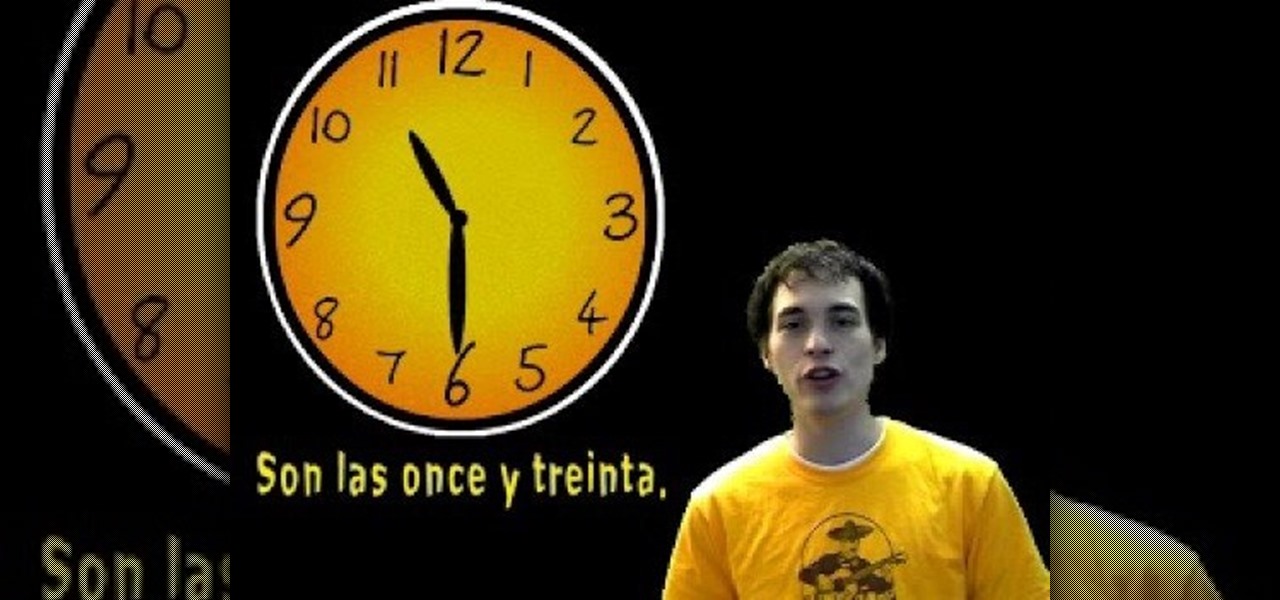
Olla! In this lesson we will be learning how to tell the time in Spanish.
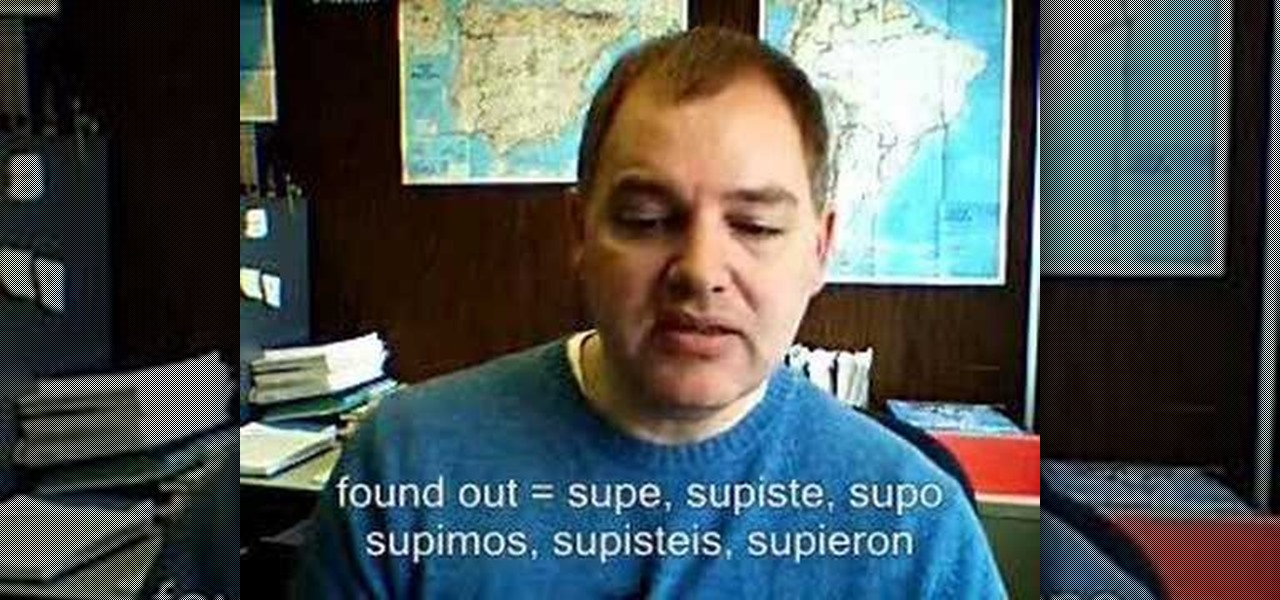
This Spanish video lesson presents forms of regular and irregular verbs in the preterite and imperfect tenses. Watch, listen, and learn.

In this video, we learn how to speak Spanish by asking what time. The phrase, "a que hora" translates to "at what time" in English. The word "termina" means "it ends" ad "empieza" means it begins. You can ask questions using these words, such as what time a concert starts, what time school starts, what time a party begins, etc. Practice learning how to say the hours of the day in Spanish so you can respond to someone when they ask you what time it is. When answering this question, you will st...
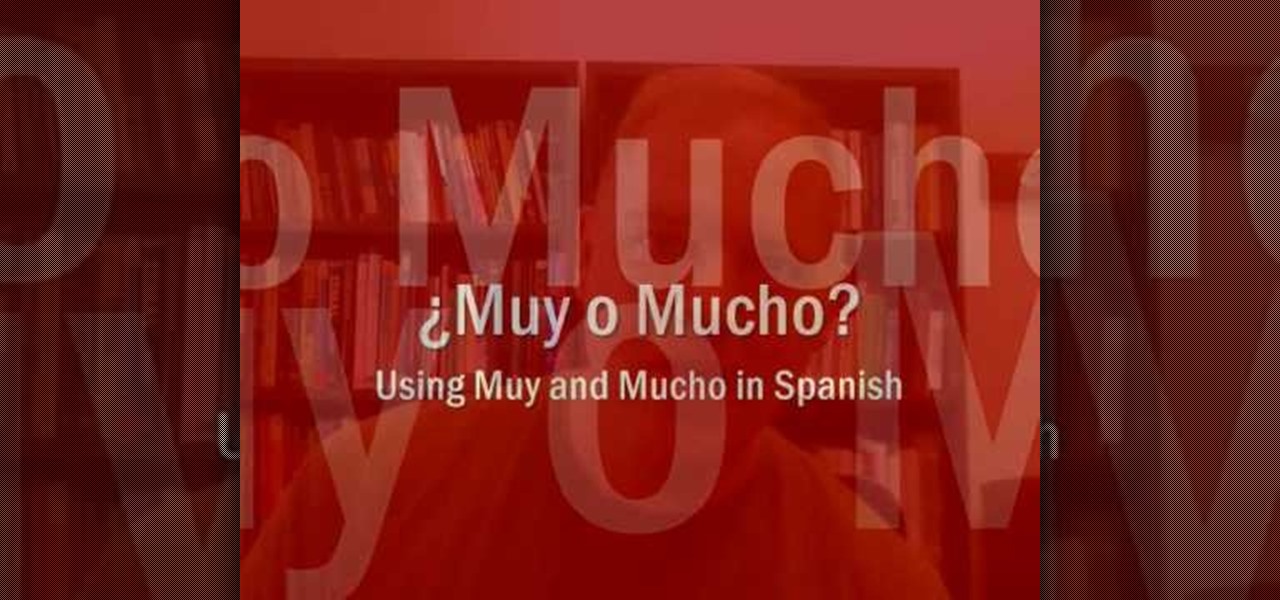
Learning to differentiate between common nearly synonymous words in a foreign language is one of the biggest challenges inherent in learning another language. Here, Spanish instructor Professor Jason breaks down the difference between the Spanish words "muy" and "mucho". While these both seem like they mean "more" to many English speakers, one is actually an adverb and the other an adjective, so using them interchangeably can be a major mistake. Many examples and a quiz are included in the vi...

When you start learning Spanish, you will need to know how to conjugate verbs properly. In this tutorial, learn to conjugate one of the most common types of verbs - those that end in the letters "-ar". This video is taught by a real teacher and includes many examples, so follow along and get ready to start morphing your verbs. You will be talking like a native speaker in no time.
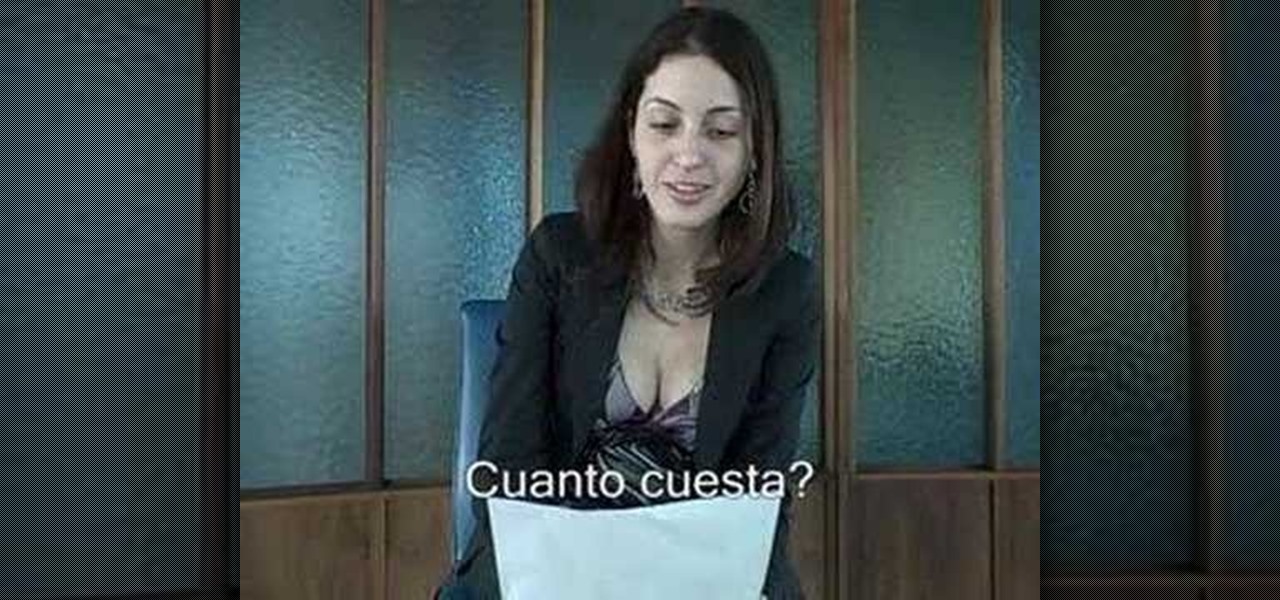
Learn how to say "How much does this cost?" in Spanish.

Learn how to say "Do you speak English?" in Spanish.
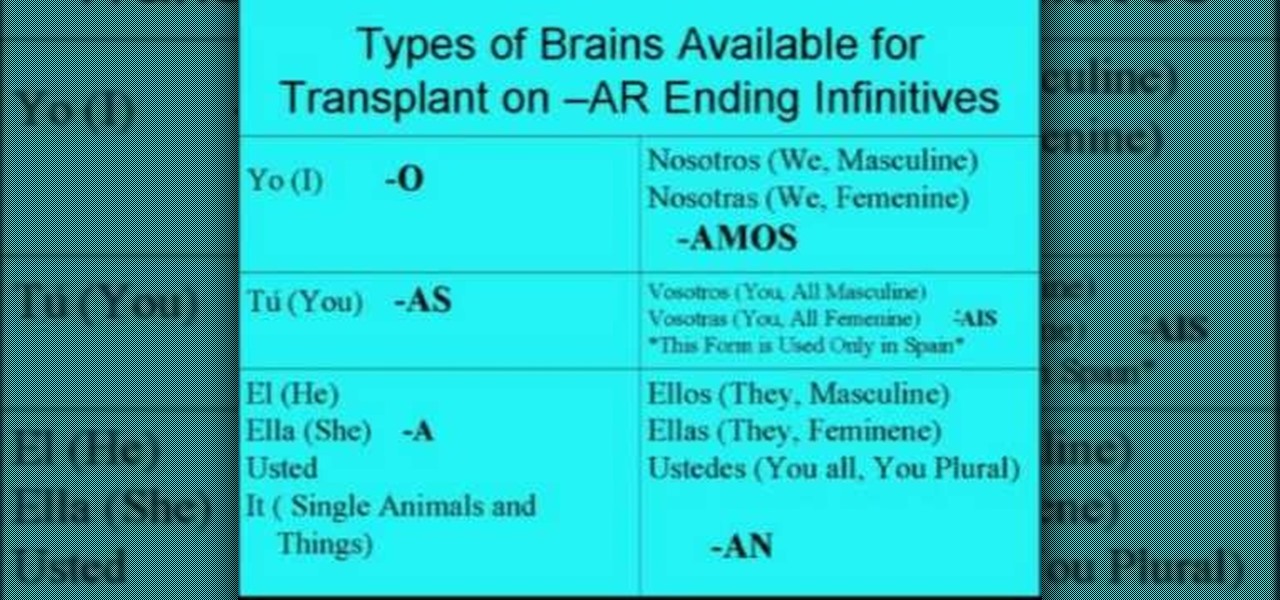
This lesson continues the teaching of Spanish verb conjugation and it also provides practice exercises. Watch, listen, learn, and practice.

This Spanish video lesson covers adjectives and their relationship with number and gender.

Want to know just enough to say "I haven't mastered the language"? Watch this video and learn these simple Spanish phrases to get by.

This is a video lesson on greeting phrases in Spanish. Watch, listen, and repeat!
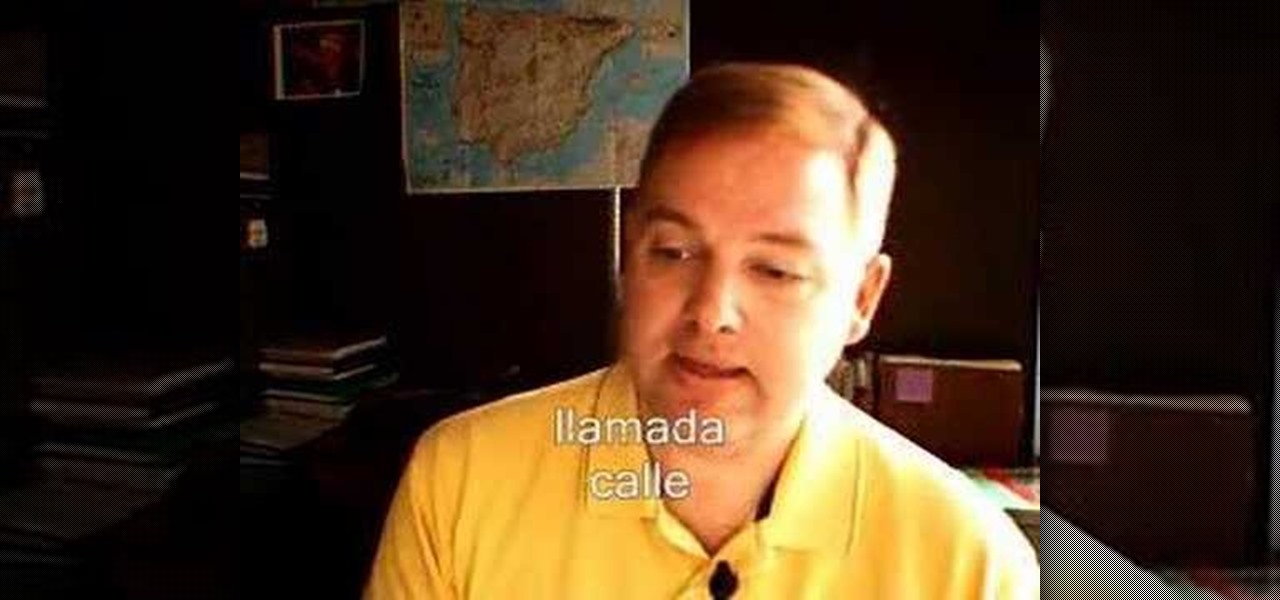
This is a video lesson presents the letters and sounds of the Spanish language. Watch, listen, and repeat. You know the drill!

Here are 10 Spanish phrases to help you not only find a hotel room but to find one with all of the amenities you want. Subtitles are included for help with pronunciation.

In this Spanish lesson, Larry Keim demonstrates how to say the months of the year, and how to say the date, and how to say your birthday. The pace is great so you should be learning in no time.

There is no English in this lesson but sometimes that is the best way to learn! Follow along and learn how to speak Spanish with a detailed yet intermediate class based on pictures.

The drums for the D'Angelo song "Spanish Joint" use Latin-inspired rhythms and beats, and a tight high hat sound popular in R&B music. Learn how to play drums for "Spanish Joint" in this free cover songs and drum lessons video series.

Check out this video to learn how to say phrases in Spanish.

Learn how to say "Where is the toilet?" in Spanish.

Learn how to say "I would like a coffee or a room or a ticket." in Spanish.

Learn how to say "Can you drive me to the train station or the airport or the hotel?" in Spanish.